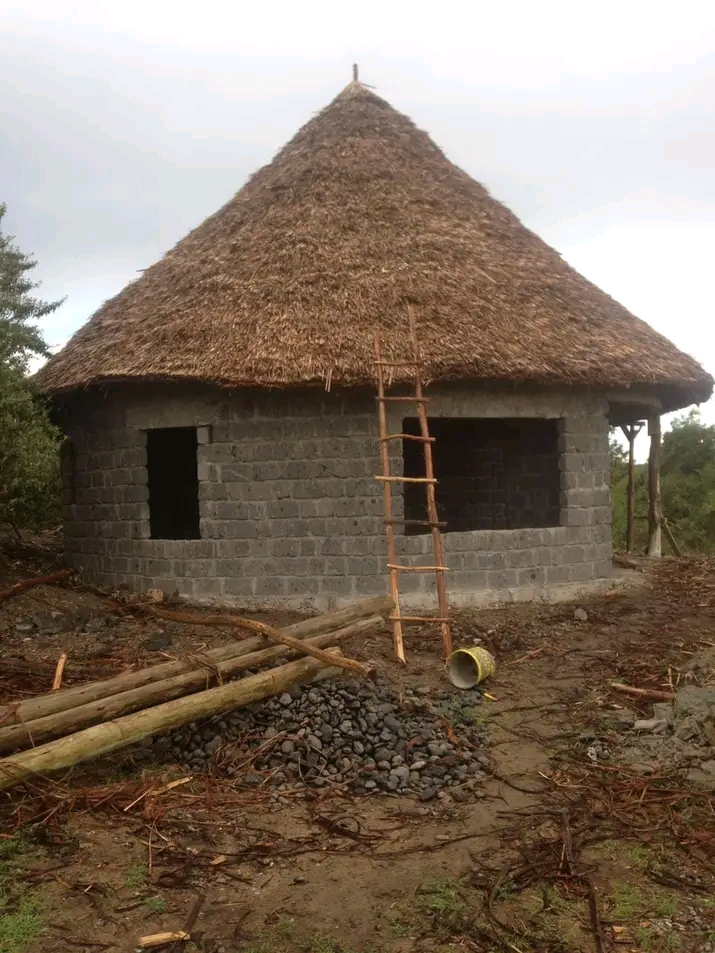BRIEF BACKGROUND
OF MAKUTI
One of the interesting things about design is the combination of traditional and contemporary aspects. I am sure you have come across hotels, restaurants and serviced apartments, like the Kings Post, with a makuti fling to add in a mix of nature and luxury. Martin shares with you the Makuti story, a popular coastal element.

Makuti is thatch material made from dried coconut palm leaves. Thatching is a technique where layers of
dried vegetation are lined up in such a way, so as to shelter an interior from being soaked in
rainfall. Implication here is that, several layers of dried makuti have to be stacked one over
another, until a sufficient thickness is attained, about 1 foot is suitable to make the roof
impervious to water, and also provide insulation from the elements of weather.
Thatched roofing is not exclusive to our tropical climate, but has also been used in temperate regions for
millenia. Only difference is that, in temperate Countries, Houses with thatched roofing are an exclusive feature
for wealthy individuals, who find it ecologically friendly. In Countries in the tropical Regions, thatched
roofing is used in numerous ethnic groups’ housing style. Even so, Hotel owners use thatched makuti roofing
as a signature look for their unique structures, especially in the East African Coast.
Makuti roofing is made from individual weaved palm fronds. Women in local villages at the Coastal area usually
do the weaving by hand. The palm fronds are harvested from Coconut trees, without any interference to the growth
of the tree. The dried up fronds, are the ones that are specifically targeted during harvesting.
Benefits Of Makuti Roofing
Eco-friendly Makuti is absolutely natural material as such it does no harm to the environment, whether on a
rooftop or even when disposed off once old and derelict.
Supports local community enterprises Makuti as a raw material, is best sourced as weaved palm fronds from
local Women weavers.
Economical when covering small roof areas, makuti is very affordable. The cost per square metre only
increases significantly when used to cover large roof areas.
It provides for a cool interior When living in humid tropical regions, on gets to appreciate having
makuti roofing, since it does not retain heat and additionally provides a cool living environment.
Typical of tropical housing design since it creates that ambiance expected of a Coastal residence.
Temporary this aspect allows a builder to receive a permit much more easily, than if a permanent roofing
material was opted for.
Flexible across a wide range of roof designs other roofing material is limited to a few housing designs,
however, makuti is adaptable to very many varieties of house designs.
Quick to put up it is the fastest kind of roofing material that one can install.